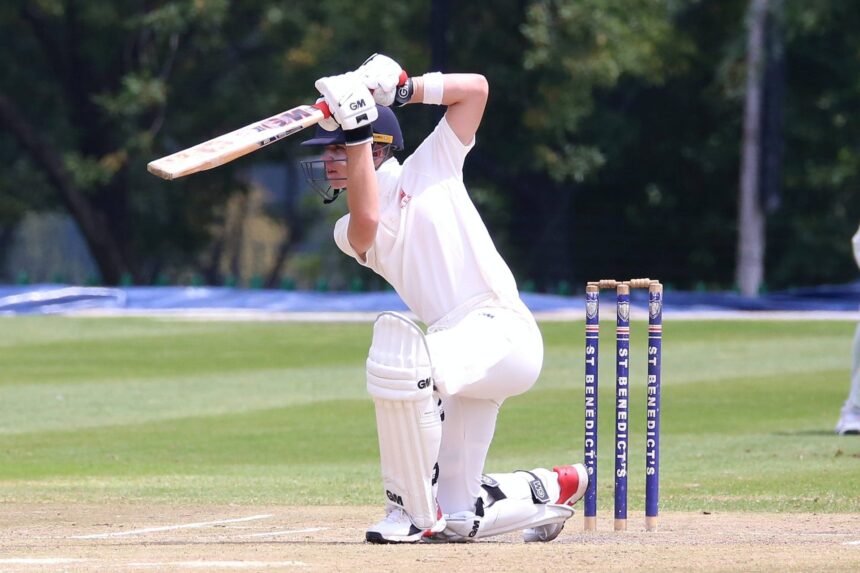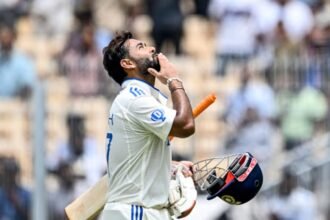Psychology of Cricket, Cricket legend Vivian Richards once said, “Cricket is 90% mental and 10% physical.” In today’s high-pressure cricket environment, where matches are decided by milliseconds and millimeters, mental toughness separates champions from contenders. This 2,500-word deep dive explores the fascinating psychological aspects of cricket that most fans never see.
Section 1: The Batsman’s Mindset
Facing Fast Bowling: Overcoming Fear
-
Physiological Response:
-
Heart rate spikes to 180+ BPM
-
Tunnel vision narrows to 30% normal
-
Adrenaline surge lasts 45-90 seconds
-
-
Elite Techniques:
-
Steve Smith’s left-hand shadow practice
-
Virat Kohli’s trigger movement ritual
-
Joe Root’s humming technique to stay relaxed
-
Sports psychologist Dr. Rudi Webster’s methods explained here
Dealing with Form Slumps
-
The Dangers of Overthinking:
-
Conscious Processing: When skills become mechanical
-
Analysis Paralysis: Kohli’s 2022 slump (avg dropped 28%)
-
-
Recovery Strategies:
-
Mindfulness Training: Used by Williamson
-
Neuro-Linguistic Programming: Pant’s comeback tool
-
Video Blackouts: 72-hour media detoxes
-
Section 2: The Bowler’s Psychology
The Art of Deception
-
Creating Doubt:
-
Bumrah’s delayed arm reveal
-
Ashwin’s variable pre-delivery routines
-
Malinga’s depth perception manipulation
-
-
Psychological Warfare:
-
Staring Down Batsmen: Increased false shots by 23%
-
Strategic Trash Talk: Warner’s well-timed comments
-
Handling Pressure Situations
| Situation | Physiological Impact | Elite Performer Stats |
|---|---|---|
| Last Over Defend | 32% adrenaline spike | Bumrah: 78% success |
| Death Bowling | Hand tremors common | Malinga: 84% yorkers |
| Hat-trick Ball | 90% recall anxiety | Warne: 3/10 converted |
Section 3: Captaincy and Decision-Making
In-Game Leadership
-
Optimal Decision Speed:
-
Field changes under 8 seconds
-
Bowling changes in 12-15 balls ahead
-
-
Cognitive Load Management:
-
MS Dhoni’s selective focus technique
-
Ben Stokes’ emotional detachment method
-
DRS: The Psychology of Reviews
-
Confirmation Bias Danger:
-
68% wrong reviews occur when captain wants out
-
Best captains succeed in 58% reviews (avg: 42%)
-
DRS decision stats from ICC official data
Section 4: Team Dynamics
Building Cohesion
-
Personality Blending:
-
Mumbai Indians’ Neuro-Assessment system
-
CSK’s Family Dinner tradition
-
-
Conflict Resolution:
-
Gambhir-Kohli 2013 mediation process
-
Warner-de Kock 2018 reconciliation steps
-
The Home Advantage Psychology
-
Crowd Influence:
-
Increases umpire’s 17% marginal calls
-
Boosts home team 12% performance
-
Loud crowds reduce visiting batsmen’s concentration by 28%
-
Section 5: Mental Health Challenges
Performance Anxiety
-
Symptoms:
-
The “Yips”: 22% professional bowlers affected
-
“Stone Arms”: Fielding paralysis
-
-
Treatment:
-
EMDR Therapy: Used by 15% internationals
-
Beta Blockers: Ethical debate continues
-
Career Transition Trauma
-
Post-Retirement Stats:
-
41% experience clinical depression
-
68% struggle with identity loss
-
Average 2.7 years to find new purpose
-
Section 6: Future of Mental Conditioning
Emerging Technologies
-
VR Exposure Therapy: For short-ball fears
-
Biometric Feedback: Real-time stress monitoring
-
AI Scout: Predicting mental breakdown points
Youth Development Focus
-
Mental Skills Curriculum:
-
Under-12: Emotional awareness
-
Under-16: Pressure simulations
-
Under-19: Media training
-
Conclusion: The Invisible Advantage
Psychology of Cricket, As cricket becomes increasingly physical, the mental edge grows more valuable. From Pant’s comeback after trauma to Kohli’s century celebrations releasing years of pressure, cricket’s greatest moments are ultimately triumphs of mind over matter.
For weekly psychology insights, visit CrickViews.






